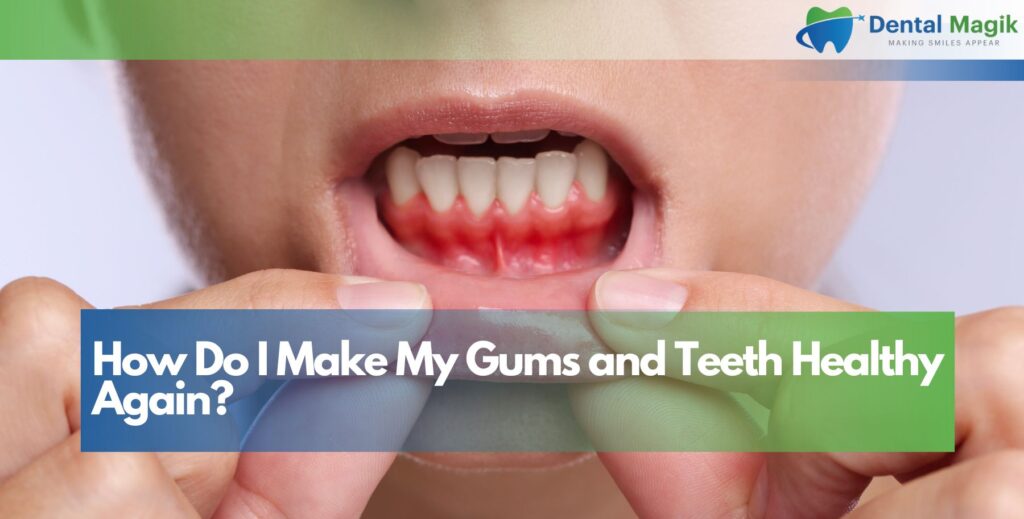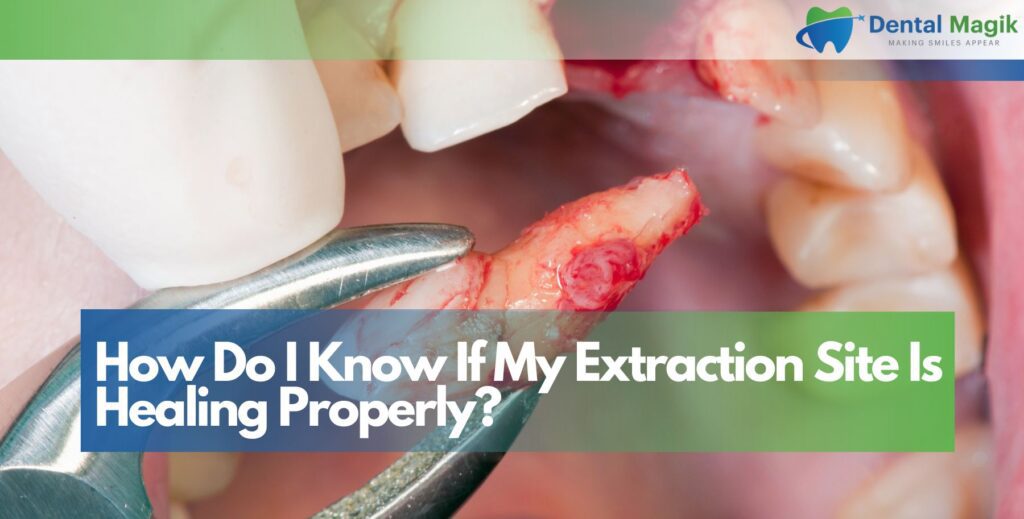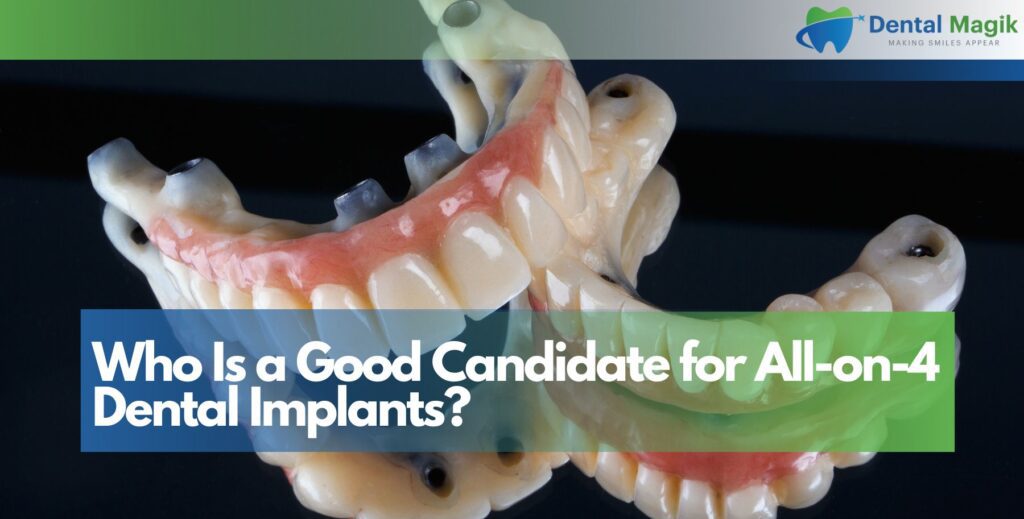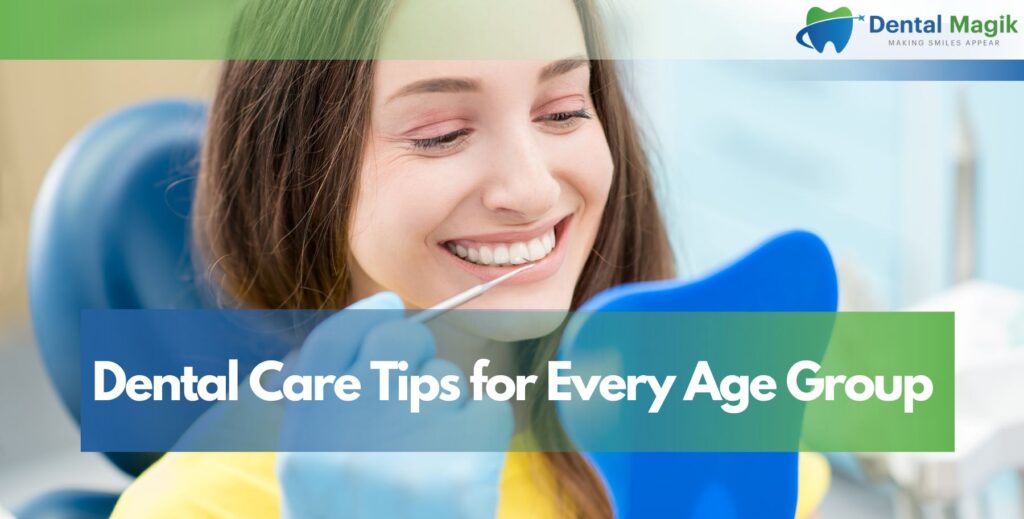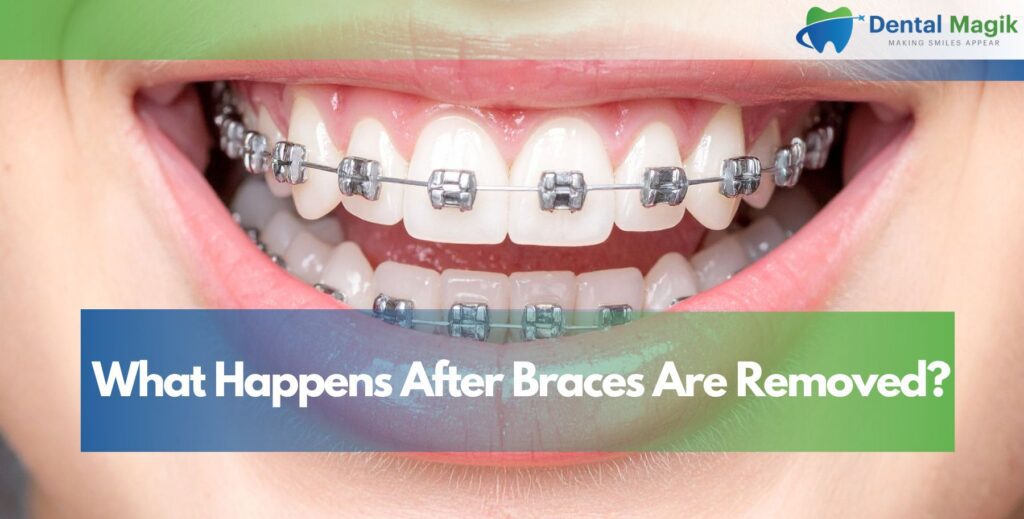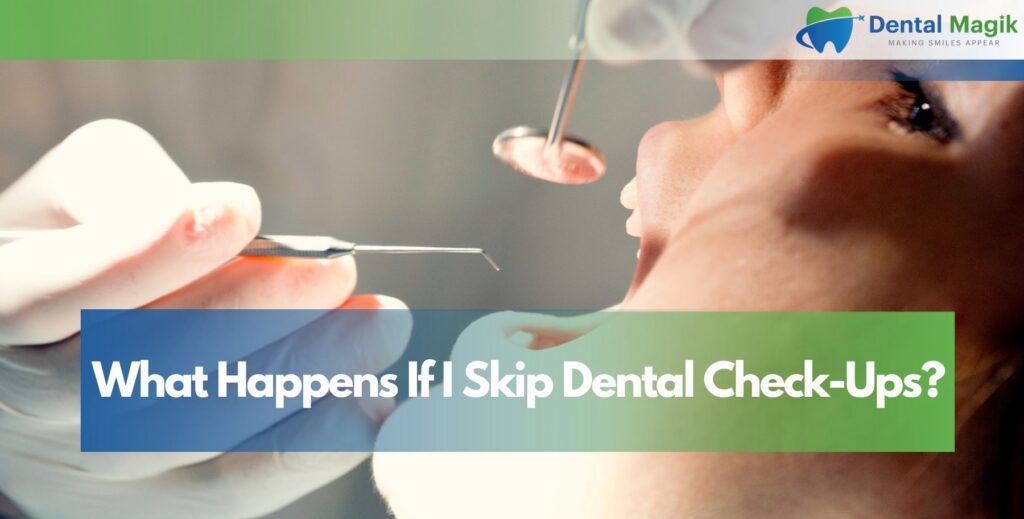If you’ve neglected your oral health, experienced dental problems, or simply noticed that your gums bleed when you brush or your teeth feel sensitive, you might be wondering whether it’s possible to restore your mouth to a healthy state. The good news is that in most cases, with commitment, proper care, and professional guidance, you can significantly improve your oral health and even reverse some types of damage. While certain conditions like advanced gum disease or severe tooth decay require professional intervention, many early-stage problems respond well to improved home care and lifestyle changes. Understanding what healthy gums and teeth look like, identifying the problems affecting your oral health, and implementing comprehensive strategies to address them can transform your mouth from a source of discomfort and embarrassment to one of confidence and wellbeing. This guide provides actionable steps to help you reclaim your oral health and maintain it for life.
Table of Contents
Understanding What Healthy Gums and Teeth Look Like
Before you can restore health to your mouth, you need to understand what you’re working toward and recognize the difference between healthy and unhealthy oral tissues.
Characteristics of Healthy Gums
Healthy gums have distinct visual and functional characteristics that indicate good oral health. They appear firm and pink, fitting snugly around each tooth without gaps or pockets. The texture resembles orange peel with tiny stippling, and they don’t bleed during normal brushing or flossing. Healthy gums are painless and don’t feel tender or swollen to the touch. The gum line follows a consistent, scalloped pattern around teeth without recession that exposes tooth roots. There’s no persistent bad breath or unpleasant taste in the mouth. If your gums differ significantly from this description, they likely need attention to restore them to health.
Signs of Healthy Teeth
Healthy teeth are free from visible decay, cracks, or chips, with enamel that appears smooth and intact. They’re not overly sensitive to temperature changes or sweet foods, and they’re firmly anchored in the jawbone without looseness or movement. The biting surfaces and edges are intact without excessive wear, and teeth are free from persistent staining or discoloration beyond natural variations. When you understand these healthy baselines, you can better assess your current oral health status and track improvements as you implement changes.
Assessing Your Current Oral Health Status
Taking honest inventory of your current oral health helps you identify specific problems that need addressing and set realistic goals for improvement.
Common Problems to Identify
Many people experience similar oral health issues that signal the need for intervention. Bleeding gums during brushing or flossing indicate gingivitis, the earliest stage of gum disease. Persistent bad breath often results from bacterial buildup, gum disease, or tooth decay. Tooth sensitivity to hot, cold, or sweet substances may signal enamel erosion, exposed roots, or cavities. Visible tartar buildup appears as hard, yellowish or brown deposits along the gum line. Receding gums that expose more of the tooth structure suggest advancing gum disease. Loose teeth indicate serious gum and bone problems requiring immediate attention. Visible cavities, dark spots, or holes in teeth need professional treatment. Identifying these specific issues helps you and your dentist create a targeted treatment plan.
Essential Daily Oral Hygiene Practices
The foundation of restoring and maintaining oral health lies in consistent, effective daily hygiene practices that remove plaque and prevent bacterial buildup.
Proper Brushing Technique
Brushing correctly makes all the difference in oral health outcomes. Brush at least twice daily for two full minutes each session using a soft-bristled toothbrush. Hold your brush at a 45-degree angle to the gum line, using gentle circular motions rather than aggressive back-and-forth scrubbing that can damage gums. Clean all surfaces of each tooth, including the outer, inner, and chewing surfaces. Don’t forget to brush your tongue, which harbors bacteria contributing to bad breath and oral health problems. Replace your toothbrush every three to four months or sooner if bristles become frayed. Consider using an electric toothbrush, which studies show removes plaque more effectively than manual brushing for many people.
The Critical Importance of Flossing
While most people brush regularly, many neglect flossing, yet it’s absolutely essential for gum health. Floss at least once daily, preferably before bedtime, to remove plaque and food particles from between teeth where brushing cannot reach. Use about 18 inches of floss, winding most around your middle fingers and leaving an inch or two to work with. Gently slide the floss between teeth, curving it around each tooth in a C-shape and moving it up and down to clean below the gum line. Be thorough but gentle—aggressive flossing can damage gums. If traditional floss is difficult, try floss picks, interdental brushes, or water flossers. The key is finding a method you’ll use consistently every day.
Antimicrobial Mouthwash
Adding an antimicrobial mouthwash to your routine provides additional bacterial control. Look for mouthwashes containing chlorhexidine, cetylpyridinium chloride, or essential oils, which reduce bacteria that cause gum disease and bad breath. Use mouthwash after brushing and flossing, swishing for 30-60 seconds before spitting. Don’t rinse with water afterward, as this dilutes the beneficial ingredients. However, mouthwash should complement, not replace, brushing and flossing, as it doesn’t physically remove plaque or food debris.
Professional Dental Care and Treatment
While excellent home care is crucial, professional dental treatment is often necessary to restore seriously compromised oral health and address problems beyond what home care alone can fix.
Scheduling a Comprehensive Dental Exam
If you haven’t seen a dentist recently or know you have oral health problems, scheduling a comprehensive exam is your first step. During this appointment, your dentist will examine all teeth for decay, cracks, and damage, evaluate your gums for disease, take X-rays to detect problems not visible to the naked eye, measure gum pocket depths to assess periodontal health, and check for oral cancer and other abnormalities. This thorough evaluation identifies all issues requiring treatment and establishes a baseline for measuring future improvements.
Professional Cleaning and Scaling
Professional dental cleanings remove tartar that home brushing cannot eliminate and are essential for restoring gum health. For healthy or mildly affected gums, a standard prophylaxis cleaning every six months suffices. However, if you have gum disease, you’ll likely need scaling and root planing, a deep cleaning procedure that removes tartar and bacteria from below the gum line and smooths root surfaces to help gums reattach. This treatment is typically performed over one or two appointments and may require local anesthesia for comfort. Following deep cleaning, your dentist may recommend more frequent maintenance cleanings every three to four months to prevent disease recurrence.
Treating Cavities and Decay
Any existing cavities must be treated professionally, as tooth decay doesn’t heal on its own. Your dentist will remove decayed material and restore teeth with fillings, and more severely damaged teeth may require crowns or other restorations. Infected teeth might need root canal treatment to save them. Addressing decay promptly prevents it from spreading to other teeth and causing more serious problems like abscesses or tooth loss. Once decay is treated and teeth are restored, diligent home care prevents new cavities from forming.
Dietary Changes for Optimal Oral Health
What you eat and drink significantly impacts your oral health, and making strategic dietary changes supports your efforts to restore and maintain healthy gums and teeth.
Foods That Harm Your Teeth
Certain foods and beverages actively damage oral health and should be limited or avoided. Sugary foods and drinks feed bacteria that produce acid causing tooth decay. Acidic foods and beverages like citrus, tomatoes, and sodas erode enamel directly. Sticky foods like candy and dried fruit cling to teeth, providing prolonged sugar exposure. Frequent snacking keeps your mouth in an acidic state, preventing natural remineralization. Hard foods like ice or hard candy can crack or chip teeth. Alcohol causes dry mouth, reducing saliva’s protective effects. Reducing consumption of these harmful substances removes obstacles to oral health improvement.
Foods That Promote Oral Health
Conversely, certain foods actively support oral health. Crunchy fruits and vegetables like apples, carrots, and celery stimulate saliva production and help clean teeth naturally. Dairy products provide calcium and phosphates that strengthen teeth and help neutralize acids. Cheese specifically raises mouth pH, reducing acid attacks. Leafy greens are rich in vitamins and minerals supporting oral health. Green and black teas contain polyphenols that suppress bacteria. Sugar-free gum stimulates saliva flow and helps clean teeth between meals. Drinking plenty of water throughout the day rinses away food particles and bacteria while preventing dry mouth.
Lifestyle Modifications for Better Oral Health
Beyond brushing and diet, several lifestyle changes significantly impact your ability to restore and maintain oral health.
Quitting Tobacco
If you use tobacco in any form, quitting is perhaps the single most important change you can make for your oral health. Smoking and tobacco use dramatically increase risks for gum disease, tooth loss, oral cancer, delayed healing after dental procedures, and staining and bad breath. Tobacco compromises your immune system’s ability to fight gum infections and reduces blood flow to gums, impairing healing. While quitting is challenging, numerous resources exist including nicotine replacement therapy, prescription medications, counseling, and support groups. Your dentist can provide guidance and resources specific to oral health benefits of quitting.
Managing Stress and Teeth Grinding
Stress negatively impacts oral health in several ways. Many people grind or clench their teeth when stressed, causing wear, cracks, and jaw problems. Stress can lead to neglecting oral hygiene routines. It may worsen gum disease by affecting immune function. Managing stress through regular exercise, adequate sleep, meditation, yoga, or counseling protects your oral health. If you grind your teeth, especially at night, ask your dentist about a custom nightguard that protects teeth from damage while you sleep.
Staying Hydrated
Adequate hydration supports oral health by maintaining saliva production, which is your mouth’s natural defense system. Saliva neutralizes acids, washes away food particles and bacteria, provides minerals that repair early enamel damage, and contains antibacterial compounds. Drink water throughout the day, especially after meals. If you experience chronic dry mouth, address it with your dentist, as this condition significantly increases cavity and gum disease risk.
Addressing Specific Gum Problems
If you’re dealing with gum disease specifically, targeted strategies help restore gum health alongside general oral hygiene improvements.
Treating Gingivitis
Gingivitis, the earliest stage of gum disease characterized by red, swollen, bleeding gums, is reversible with proper care. Improve your brushing and flossing technique and consistency, use an antimicrobial mouthwash daily, get a professional cleaning to remove tartar, and maintain the improvements with diligent home care. Most cases of gingivitis resolve within a few weeks of improved hygiene, with gums returning to a healthy pink color and no longer bleeding during cleaning.
Managing Periodontitis
Advanced gum disease, or periodontitis, requires professional treatment beyond standard cleaning. Your dentist may recommend scaling and root planing for deep cleaning below the gum line, antibiotic therapy to control infection, more frequent professional cleanings every three to four months, and in severe cases, periodontal surgery to reduce pocket depths and regenerate lost bone. While periodontitis causes permanent damage to bone and connective tissue, treatment can stop disease progression and maintain remaining structures. With appropriate treatment and excellent ongoing care, even patients with periodontitis can achieve stable, relatively healthy oral conditions.
Tracking Your Progress
As you implement changes to restore oral health, monitoring your progress helps maintain motivation and allows you to adjust strategies as needed.
Signs of Improvement
Within weeks of improved oral hygiene and professional treatment, you should notice gums that bleed less or not at all during brushing and flossing, reduced gum swelling and redness, fresher breath throughout the day, decreased tooth sensitivity, and teeth that feel cleaner and smoother. Within months, you might observe gums appearing firmer and pinker, reduced pocket depths if you had gum disease, and overall improved mouth comfort and function. These improvements confirm that your efforts are working and encourage continued commitment to oral health practices.
Regular Dental Follow-Ups
Schedule regular follow-up appointments with your dentist to objectively assess improvements. Your dentist can measure changes in gum pocket depths, evaluate reduction in gum inflammation, assess plaque and tartar accumulation, monitor healing of treated areas, and adjust your home care routine or treatment plan as needed. These appointments provide professional feedback on your progress and keep you accountable to your oral health goals.
Maintaining Long-Term Oral Health
Once you’ve restored your oral health, maintaining it requires ongoing commitment to the practices that got you there.
Consistency Is Key
The improvements you achieve will only last if you maintain the habits that created them. Continue brushing twice daily and flossing once daily without exception. Keep regular dental appointments every six months or as recommended based on your history. Maintain dietary improvements and lifestyle changes. View oral care as a non-negotiable part of your daily routine, like sleeping or eating. Consistency over months and years is what transforms temporary improvements into lasting oral health.
Conclusion
Restoring your gums and teeth to health is absolutely possible for most people willing to commit to improved oral hygiene, professional treatment, dietary changes, and healthier lifestyle choices. While the specific steps depend on your current oral health status and the severity of any existing problems, the fundamental approach remains consistent: remove plaque daily through proper brushing and flossing, eliminate or reduce factors that harm oral health, support healing with good nutrition and healthy habits, and work with dental professionals to address problems beyond what home care alone can fix. The journey from unhealthy to healthy gums and teeth takes time—typically weeks to months depending on your starting point—but the improvements in comfort, confidence, and overall health make the effort worthwhile.
If you’re ready to take control of your oral health or need professional guidance on restoring your gums and teeth, consider scheduling a comprehensive evaluation with an experienced Dentist in East Brunswick, NJ who can assess your specific situation and create a personalized treatment plan. With the right combination of professional care and committed home hygiene, you can achieve and maintain the healthy, beautiful smile you deserve for a lifetime.

